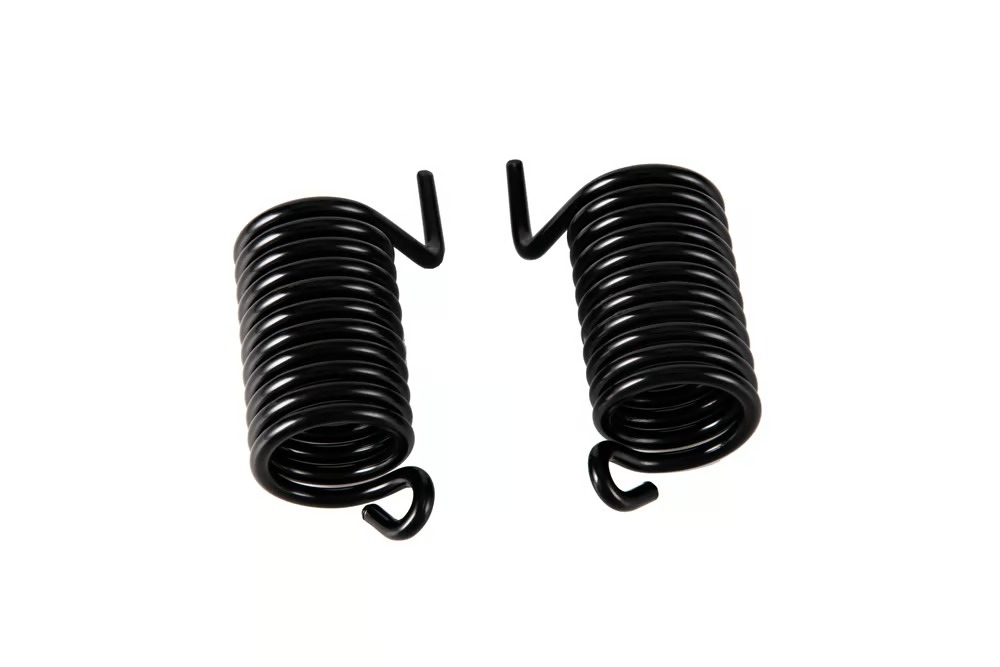The Importance of Recessed Light Torsion Springs
When it comes to proper lighting in any space, recessed lights are a popular choice. These fixtures not only provide a sleek and modern look to any room, but they also offer a practical lighting solution. One essential component of recessed lighting is the torsion spring, which plays a crucial role in ensuring the stability and functionality of these fixtures. In this article, we will delve into the world of recessed light torsion springs, exploring their purpose, installation, maintenance, and more. So, let's shed some light on this important topic!
1. Understanding Recessed Light Torsion Springs
Before we dive into the specifics, let's start by understanding what exactly recessed light torsion springs are. These springs are typically made of sturdy materials like steel or brass and are designed to hold the trim of a recessed light fixture in place. They provide the tension necessary to secure the trim against the ceiling, ensuring a tight fit and preventing any wobbling or sagging.
2. The Functionality of Torsion Springs
Recessed light torsion springs work on a basic principle of physics: potential energy stored in the spring creates a force that pushes against the trim, holding it in position. The tension of the spring keeps the trim securely attached to the housing, preventing it from falling or becoming misaligned over time. This functionality is essential for maintaining the aesthetics and functionality of recessed lighting fixtures.
3. Installation of Recessed Light Torsion Springs
When it comes to installing recessed light torsion springs, it's important to follow the manufacturer's instructions to ensure proper installation and functionality. Typically, the springs are attached to the housing of the recessed light fixture using hooks or brackets. Make sure to align the springs correctly and apply the necessary tension for a secure fit. If you're unsure about the installation process, it's always best to consult a professional electrician.
4. Common Issues with Torsion Springs
While recessed light torsion springs are designed to be durable and long-lasting, they can occasionally encounter issues. One common problem is when the springs lose their tension over time, resulting in a loose trim. This can be fixed by adjusting or replacing the torsion springs. Another issue is when the springs become rusty or corroded, affecting their functionality. In such cases, it's crucial to replace the springs to ensure the safety and performance of the recessed lighting fixture.
5. Maintaining Recessed Light Torsion Springs
Proper maintenance is key to ensuring the longevity and effectiveness of recessed light torsion springs. Regularly inspect the springs for any signs of damage, such as rust or deformation. Clean the springs and surrounding areas to remove any dust or debris that could affect their performance. Additionally, lubricating the springs with a suitable lubricant can help maintain their tension and prevent them from becoming stiff or squeaky.
6. Upgrading Torsion Springs for Enhanced Performance
If you're looking to enhance the performance of your recessed lighting fixtures, consider upgrading your torsion springs. Newer models may offer improved tension, durability, and ease of installation. Additionally, some torsion springs are specifically designed for adjustable trims, allowing for more flexibility in directing the light. Upgrading your torsion springs can be a cost-effective way to improve the overall functionality and aesthetics of your recessed lighting.
7. Choosing the Right Torsion Springs
When selecting torsion springs for your recessed lighting fixtures, it's important to consider factors such as the trim size, housing type, and desired tension. Different manufacturers may offer varying options, so it's crucial to choose springs that are compatible with your specific fixtures. If you're unsure, consult the manufacturer's guidelines or seek advice from a lighting professional to ensure you make the right choice.
8. Common Alternatives to Torsion Springs
While torsion springs are the most common method for securing recessed light trims, there are alternative options available. Some fixtures utilize spring clips or compression springs instead of torsion springs. These alternatives may offer different installation methods or provide specific advantages for certain applications. However, torsion springs remain the standard choice due to their reliability and ability to hold the trim firmly in place.
9. Safety Considerations and Best Practices
When dealing with recessed light torsion springs, it's essential to prioritize safety. Always ensure the power is turned off before attempting any installation, maintenance, or replacement tasks. If you're not confident in your abilities, it's best to hire a qualified electrician to handle the job. Additionally, be cautious when working with metal springs to avoid any potential injury from sharp edges or excessive tension.
10. Conclusion
Recessed light torsion springs are a vital component of any recessed lighting fixture. Their role in providing stability, tension, and secure attachment cannot be overstated. By understanding their functionality, proper installation, and maintenance, you can ensure that your recessed lighting fixtures not only look impeccable but also perform optimally. So, the next time you enjoy the ambiance created by your recessed lights, remember the important role played by the humble torsion spring.

